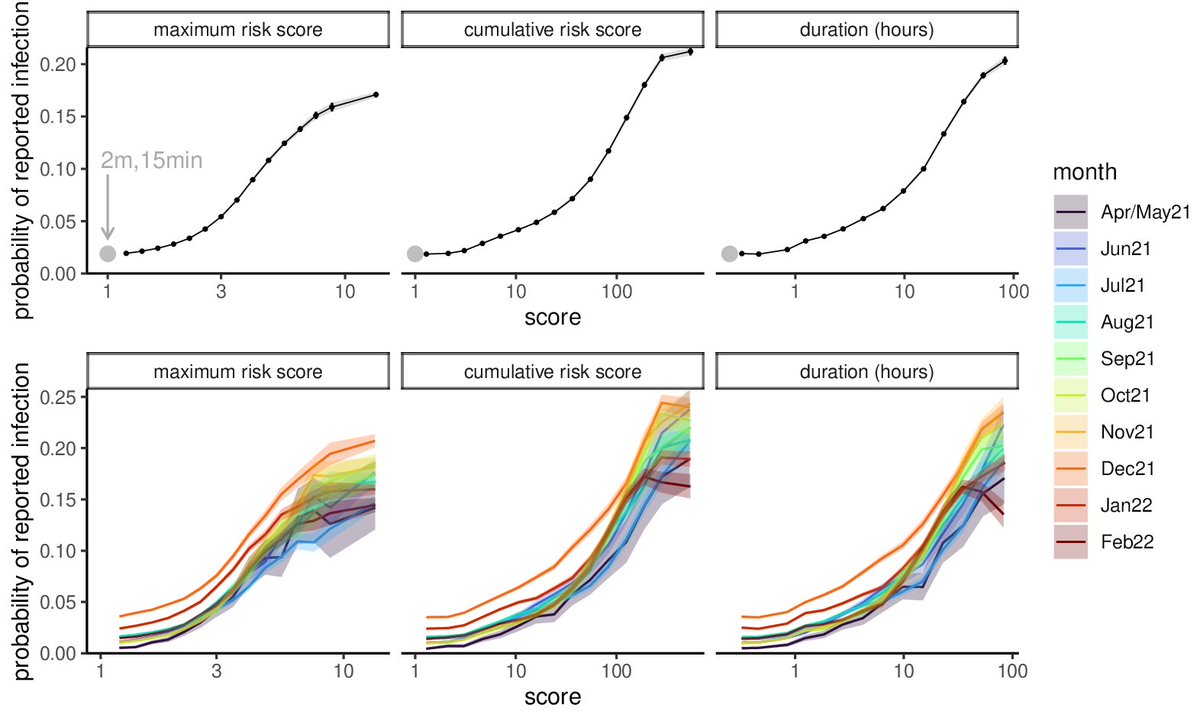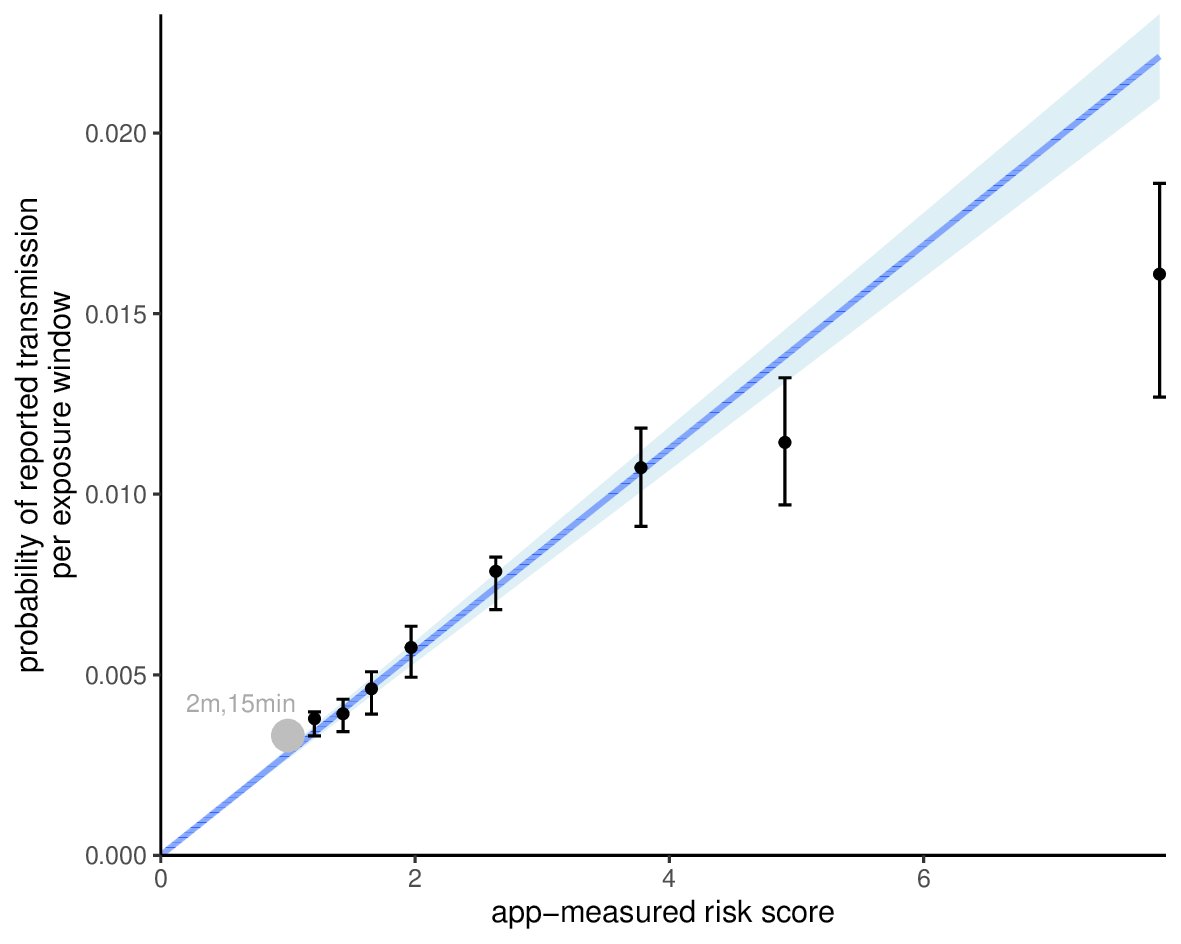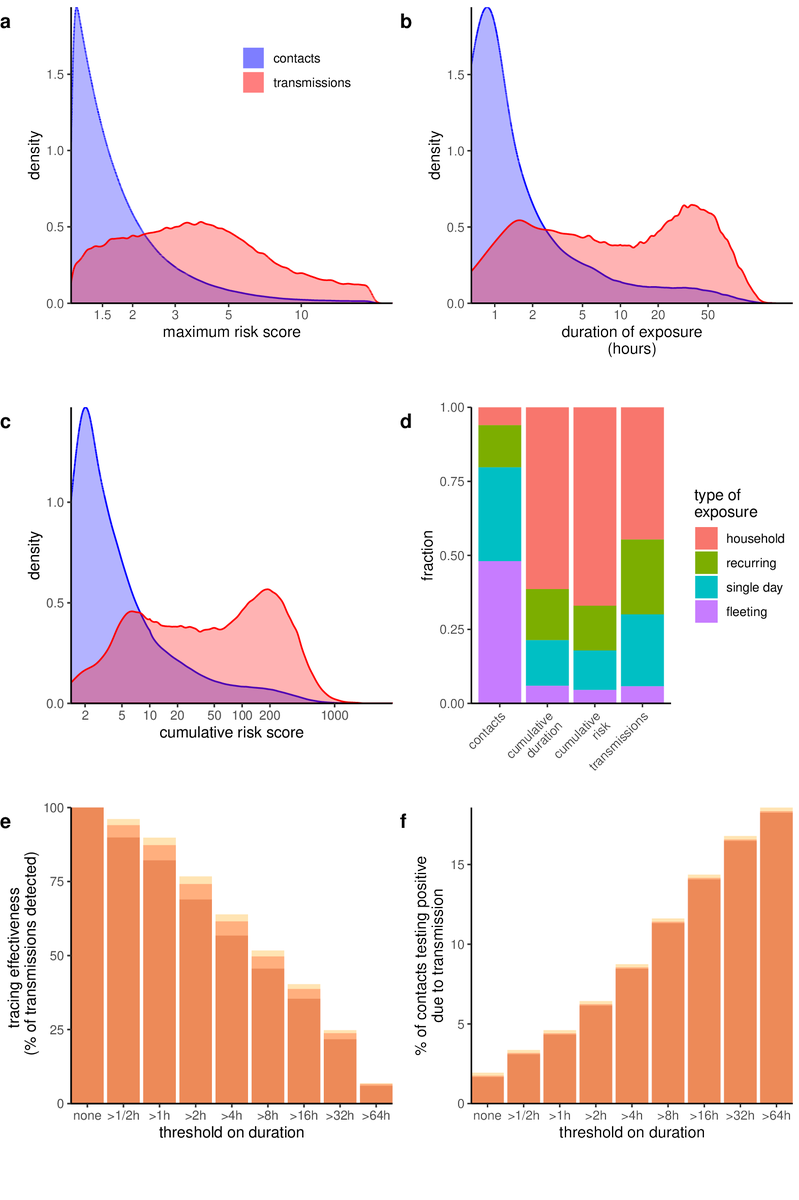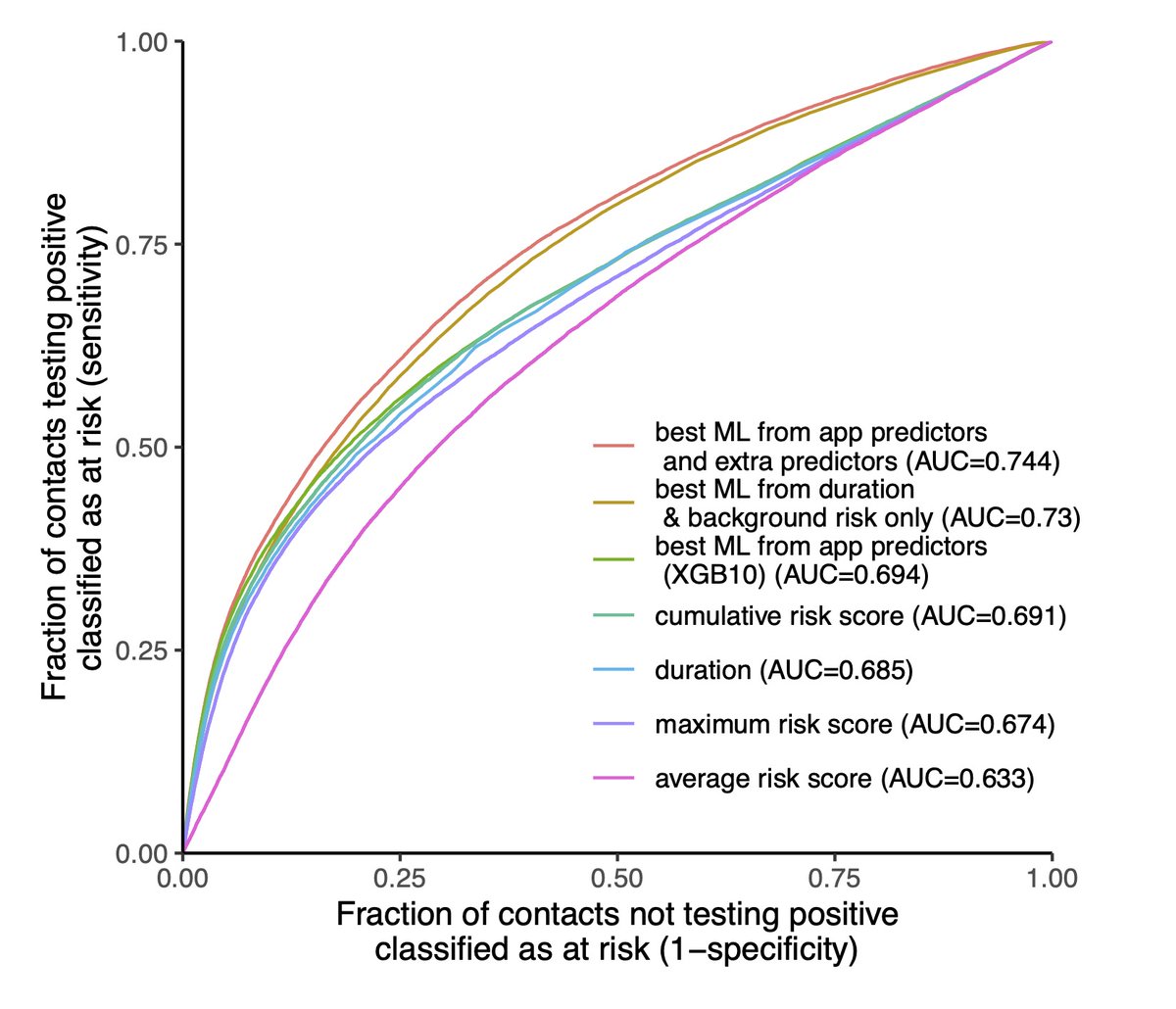
Luca Ferretti
@lucaferrettievo
Hopping between epidemiology/evolution of pathogens, popgen and genomics.
And digital contact tracing for COVID-19.
And birds, when I find the time!
@bdi_oxford
ID: 1032006213746286592
21-08-2018 20:47:09
2,2K Tweet
3,3K Followers
51 Following




The risk of COVID transmission from 7 million contacts, as assessed by the @NHS digital app "the cumulative duration of exposure to infected individuals is a key predictor of transmission" nature.com/articles/s4158… Luca Ferretti Christophe Fraser Group nature

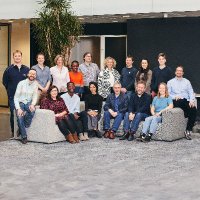

The 7 million people - ‘contacts’ - were contact traced by the NHS COVID-19 app. We analysed measurements of their risky exposure to a case linked to the later outcome of whether they reported a positive test in the app (unreported infections are missing). What did we find?












5) This is encouraging validation of the risk model used in the NHS COVID-19 app, and for the prospects of digital contact tracing and precision epidemiology more generally. 👇
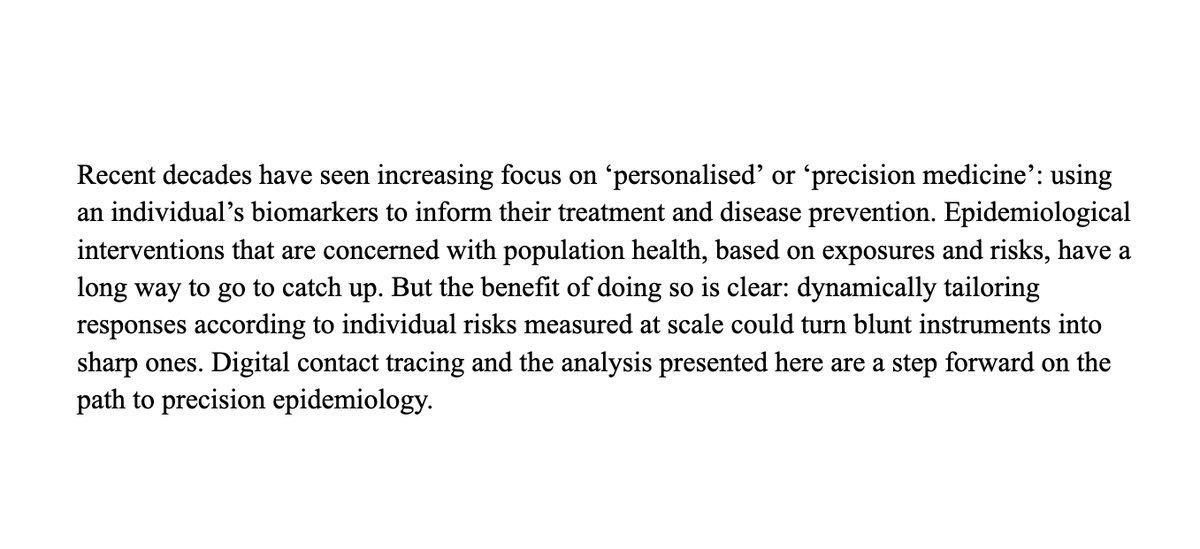

Authors: Luca Ferretti Chris Wymant @chriswymant.bsky.social James Petrie Adam Fowler 🇬🇧🇺🇦 Daphne Michalsen Tsallis mishkendall AliceLedda, PhD 💙 Francesco Di Lauro Mark Briers Christophe + others. Teams at Pandemic Sciences Institute Big Data Institute Nuffield Department of Medicine UK Health Security Agency. Thanks NHS COVID-19 app & users! Paper & links: 045.medsci.ox.ac.uk/risk_measureme…

